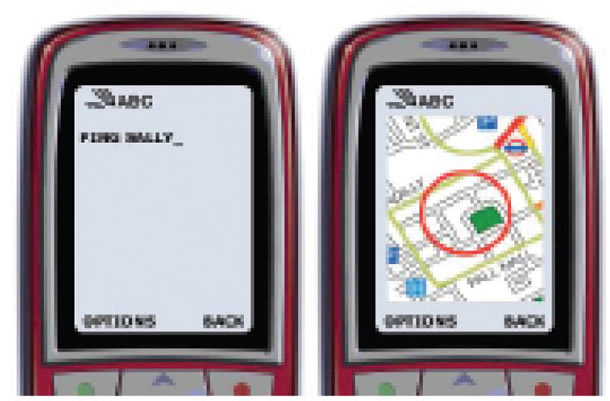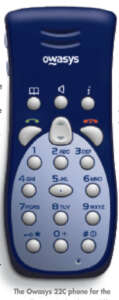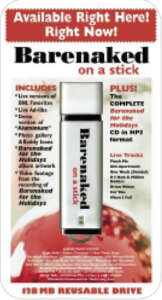With the growing use of cell phones by children, UK-based Mtrack Services Ltd. is developing a suite of products that can be used easily by children and parents to contact each other discreetly if the child is in an uncomfortable situation. The twin goals are to calm parents’ fears and prevent bullying.
First came “KidsOK,” which uses GPS to let parents track the exact location of their children’s cell phones without the phone ringing. Parents simply send a two-word text message to KidsOK and within seconds get a map on the parent’s cell phone (or computer screen, if they prefer) showing exactly where the child’s cell phone is. This could be a great way to keep track of children who are willing to be monitored or who accept it in exchange for having a cell phone. It could also be handy for kids, like my twelve-year-old who is forever losing things, as a way to find a misplaced cell phone.

Now, for children who resent being monitored but like the option of getting help when they need it, the company has launched “PingAlert.” Once it is set up, all the child has to do is press the number five (#5) key on his or her phone and a message will immediately go to a family member telling him or her where the child is and that the child needs help. You might not be able to get there in time, but if you combine the two services, you’ll at least be able to track down any bullies who steal your child’s phone.

We do wonder how readily a child’s fingers will learn to feel for the five key without having to take the phone out and look at it. It helps that five is in the center of the keyboard on most phones. One phone, the Owasys 22C, which is designed for visually impaired users and recently became available in the United States, has a number five key that is shaped differently from the others. But many children may dislike its lack of a screen.
Among the most common phones now are those with a lid that flips over the numbers when closed. Opening this quickly and unnoticed inside a pocket will certainly pose a challenge. Perhaps cell-phone manufacturers will start designing phones with one key shaped differently and always accessible for emergency use. But what I’m really waiting for is a cell phone my son can’t lose.
Sound Sticks
As the trend of listening to music on MP3 players rather than CDs increases, one band, Barenaked Ladies, has decided to make the music listening experience easier. Instead of having to download individual tunes or copy tracks from a CD, the group has issued its newest album on a 128MB flash drive. Called Barenaked on a Stick, the release contains twenty-eight music tracks, as well as video footage, photos, and “buddy icons” of the band. It retails for about $30 U.S., roughly the same cost as buying the songs individually, and since the flash stick is reusable, if you get tired of the music or only like certain tracks, you can use it to store something else. (The typical cost of a blank flash drive of that size is about $25, so purchasers only actually pay about $5 for the music and other content.)

In the days after its release on November 22, 2005, there were mixed reviews. Its big advantage seemed to be usability, at least for people with MP3 players. As John Meadows, of Los Angeles, said in his Amazon.com post, “I didn’t even have to do anything to make it work. I opened the package, popped off the lid, plugged it in, and downloaded the contents. There I was; awash in all the fun BNL had to offer me. No annoying record company warnings (as this comes directly from the band’s own label), no annoy-ing restrictions of the content. Just good tunes and cool video snips.”
Other users, however, were concerned about the sound quality. In order to get all that content onto a 128MB stick, there had to be significant compression of the songs. They were concerned that the sound quality would not be nearly as good as that of a CD.
And, of course, many of us still listen to music on a stereo system, without a computer hooked up to it. Time to start designing stereo receivers with built-in USB plugs?
